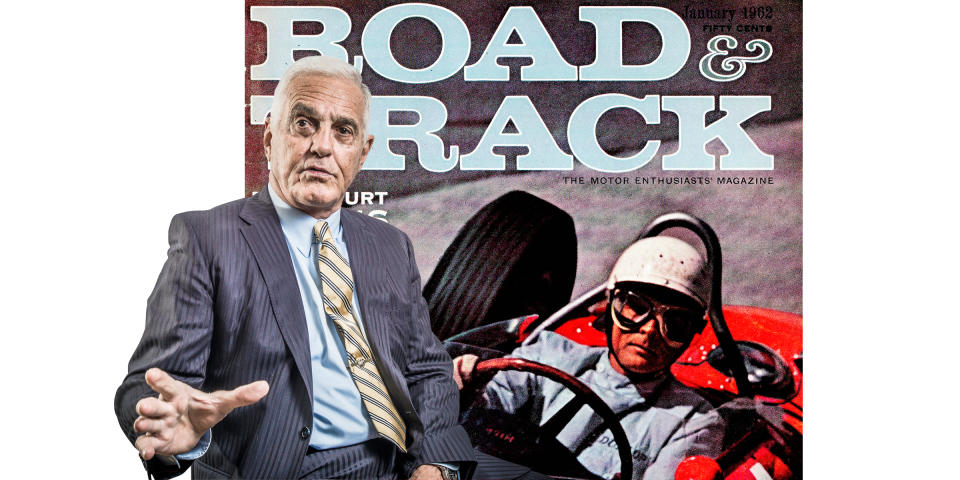Go Lutz Yourself: Count Our Blessings

This story appeared in the July 2017 issue of Road & Track.
As this publication celebrates its 70th birthday, let’s reflect not only on the evolution Road & Track has gone through since the John Bond days, but also on the industry itself. Consider the year 1947, when R&T was founded.
Starved for new cars since 1941, the market soaked up everything Detroit could produce. It wasn’t just the Big Three: We still had Packard, Studebaker, Nash, Hudson, and even Willys, pouring out essentially prewar cars with cosmetic touch-ups over the next few years. There were no foreign cars to speak of, except for a tiny community of in-the-know owners of MG TCs, Jaguars, and a few early Porsches. Ignored and ridiculed, the sports-car set found reassurance and identity in R&T.
The 1960s and 1970s saw seismic shifts. Imports became a factor; VW (and even Renault) sold hundreds of thousands of cars, and the German premium brands became symbols of the informed. Detroit failed to heed the loss of market share, confident that it could outdo anybody in any class. We could outengineer Mercedes and, with the right compact car, push the Japanese back into the Pacific.
Only neither ever took place. In the Seventies, the OPEC embargo, rising gas prices, and the media-fueled belief the globe was running out of oil brought about the rise of compact four-cylinder cars from Japan. The government issued CAFE standards, and U.S. firms faced upheaval: New architectures, drive systems, unitized bodies, V6 engines to replace V8s.
Today, we see a reborn domestic industry.
Performance, once feared to be a victim of emissions and fuel-economy rules, has blossomed to levels unimaginable two decades ago. Reliability and fit and finish now differ slightly among various brands and models, but no longer according to national origin. And then, of course, we have the tidal wave of trucks - passenger-car-based crossovers as well as rugged, huge, heavy, body-on-frame products powered by massive V8s. (It’s worth nothing that no foreign brand has ever dented the Detroit Three’s full-size-pickup sales.)
The conventional car, in sedan, coupe, and roadster form, is in decline. But we must count our blessings; we can, at least, still take the wheel and drive. For now. Autonomy is coming. Gliding silently on electric power, the module will arrive at your door and, with a swipe of your credit card, take you to your destination. The hardy individualists among us will cry, “Oh yeah? I’ll drive my own.” Well, it will have to be at a private track.
As for Road & Track, it will survive for the off-highway, enthusiast market. And what will driving be like in 2087? My guess: There will be little, if any, actual transportation of people. Virtual reality will be so real that we’ll be able to experience almost anything, attend any meeting, from the sanctuary of our homes ... or whatever we’ll be living in.
A prayer of thanks, folks: We lived in the golden age of personal transportation. It’s on the wane, but we have a few more precious decades. Enjoy!
You Might Also Like

 Yahoo Autos
Yahoo Autos 